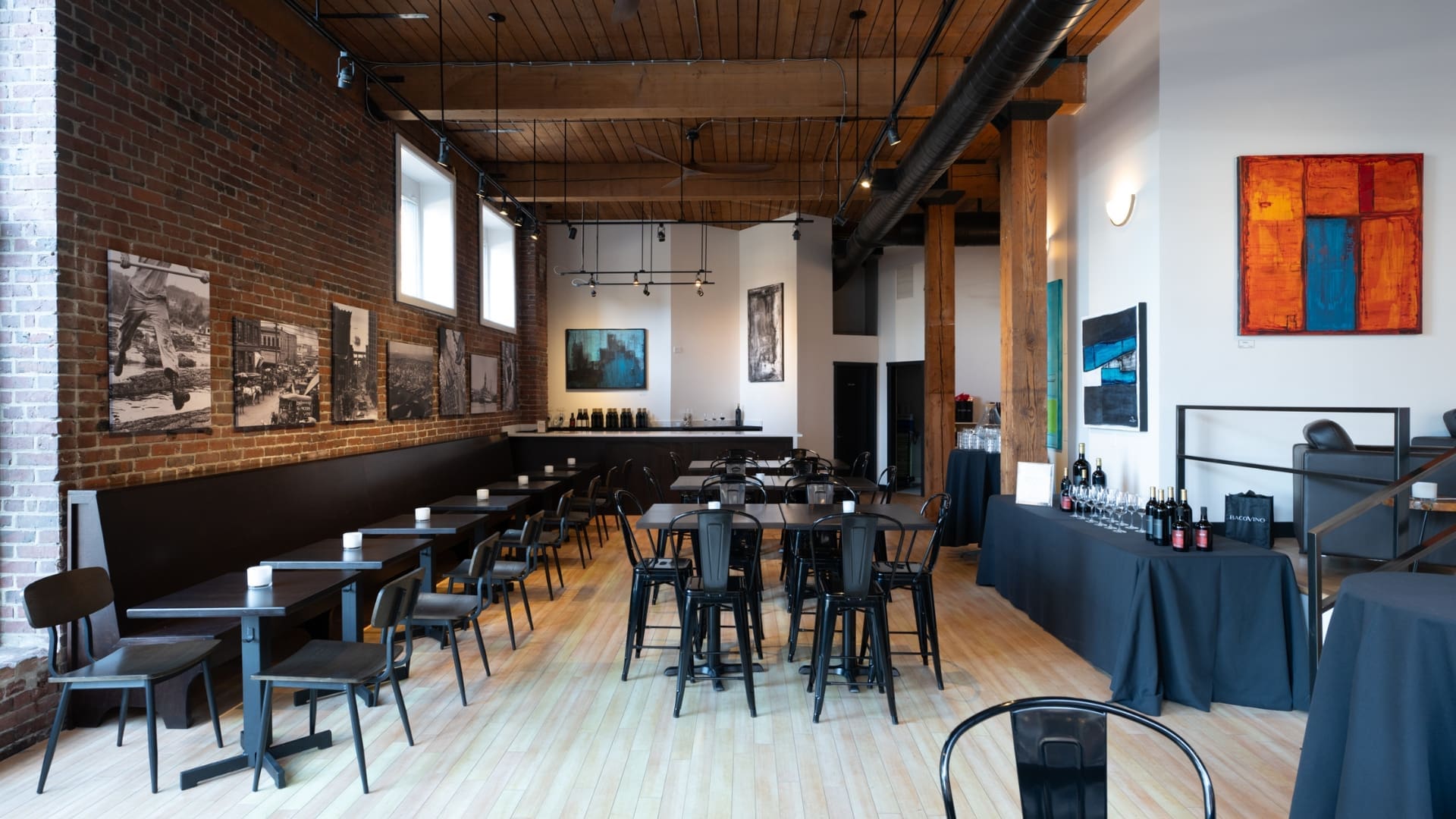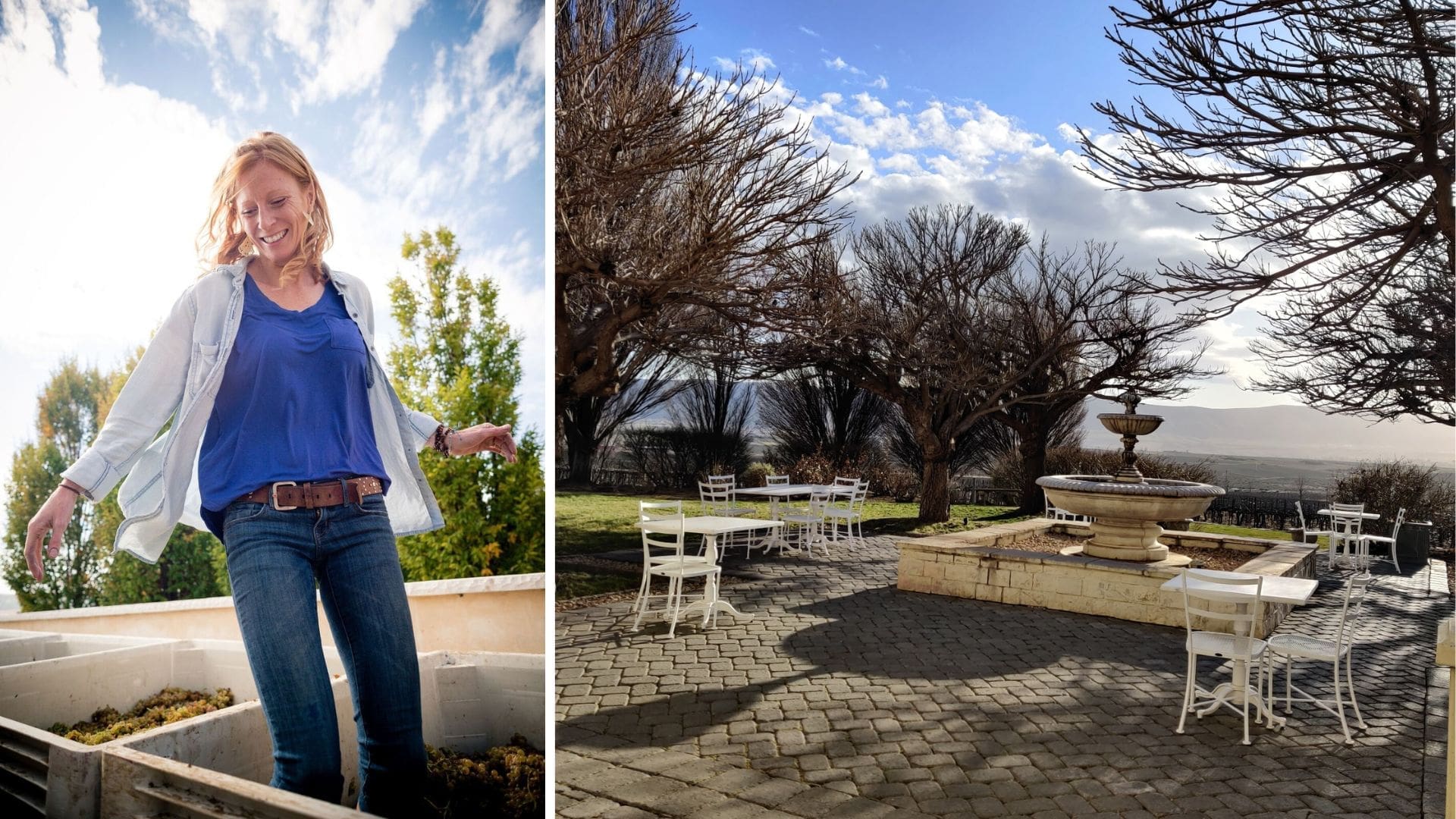As bits and pieces of wine lore fall deafly into the dirt, so go the stories of immigrants smuggling plantings across the ocean, spiritually made offerings to sidestep Prohibition and law-defying bootlegger courage. All too often, the history carried by the vines is lost to the current trends of the booming wine trade. These tales are what bring characteristics to life and form the terroir around the fermented chapters.
Winemaker Melissa Burr had already achieved award-winning success with Stoller Family Estate in Dundee, Oregon, but five years ago she faced an opportunity she couldn’t turn away, and the History wines were born. For this limited series of wine and its inaugural 2014 vintage, Burr worked with the oldest plantings in Washington, allowing her to also work with the nuances and elements that have matured with the evolving landscape. The project is nearly a decade in the making, having seeded relationships with vineyard owners over the years in some of Washington’s oldest sites.
Showcasing single-block fruit from the state’s oldest Cabernet Sauvignon vines (1957) at Otis Vineyard, Upland Vineyard’s Black Muscat (1935), and Mont Elise’s Pinot Noir (1968) and Gewürztraminer (1968), these Washington grapes have found a voice with the Oregon winemaker. Tasting through the micro-batch offering is like discovering a lost time capsule: Each one unfolds more like an Old World wine than the softer, more supple Pacific Northwest wines that have garnished so much attention in recent years. History embodies a brash and unapologetic style, reflective of the grass-root origins.
“History is a hand-sold brand, that is based on the relationships I’ve made and the stories I want to tell,” Burr explains. “Making sure these vines are able to voice their part of the Pacific Northwest wine puzzle, is both an honor and a labor of love.”
The winemaker is creating more than just a label, she is striving to create a wine culture movement. She’s throwing the spotlight back onto the past rather than joining the herd and dreaming of what’s next. The laissez faire winemaking approach allows the vintage and years of rooted evolution to speak for themselves. Rather than trying to create a brand style, Burr has returned to the foundations of winemaking with an arsenal of tools, support and determination to preserve proud heritage, brought to her by both the Stoller family of wines and the relationships garnered along the way.
“I try to take a minimalist approach, trying to not get in the way of the grapes,” Burr says, noting she keeps her eye on bringing out the bright acidity that often gets muddled with excess tampering during fermentation.
More than just a blossoming wine label, Stoller and Burr’s History series is a paramount step in a direction that is all too often overlooked – where it all began at the industry’s roots — where the team strives to elevates the past in order to create the future.








